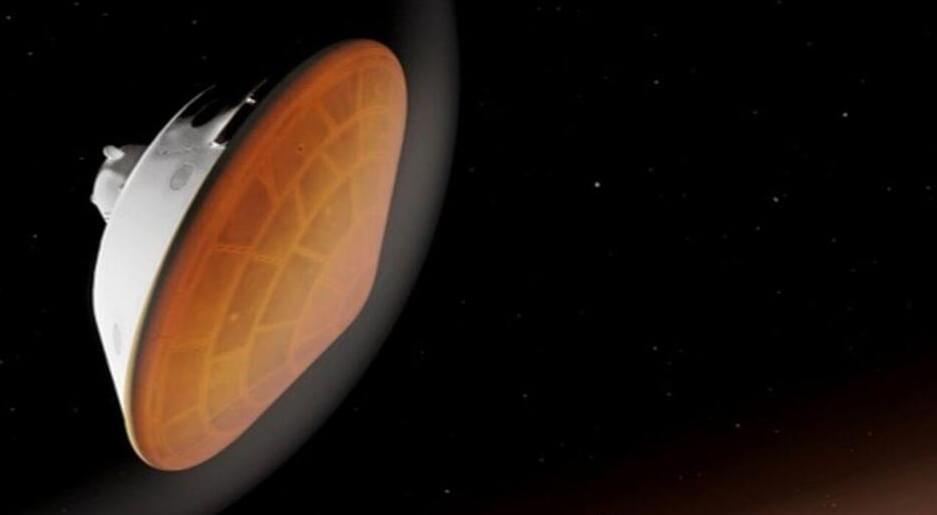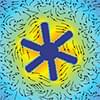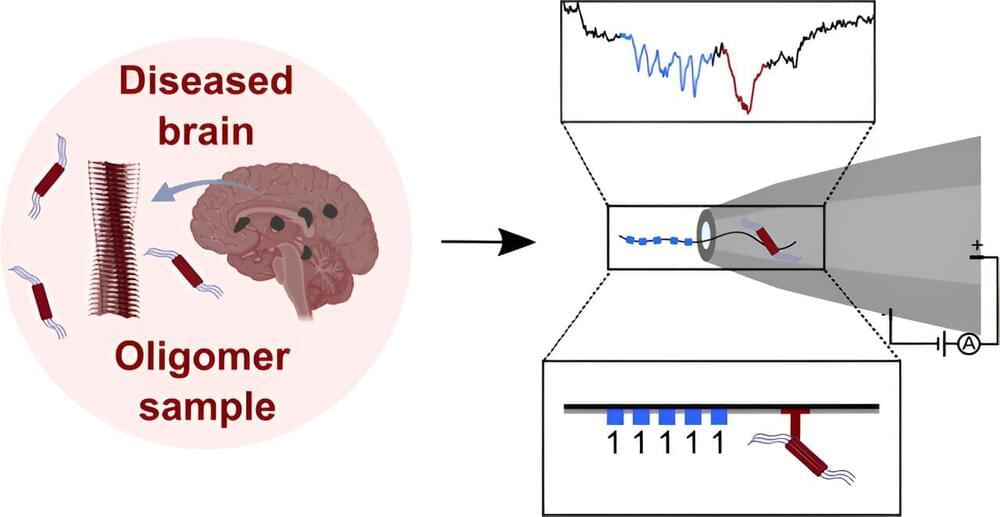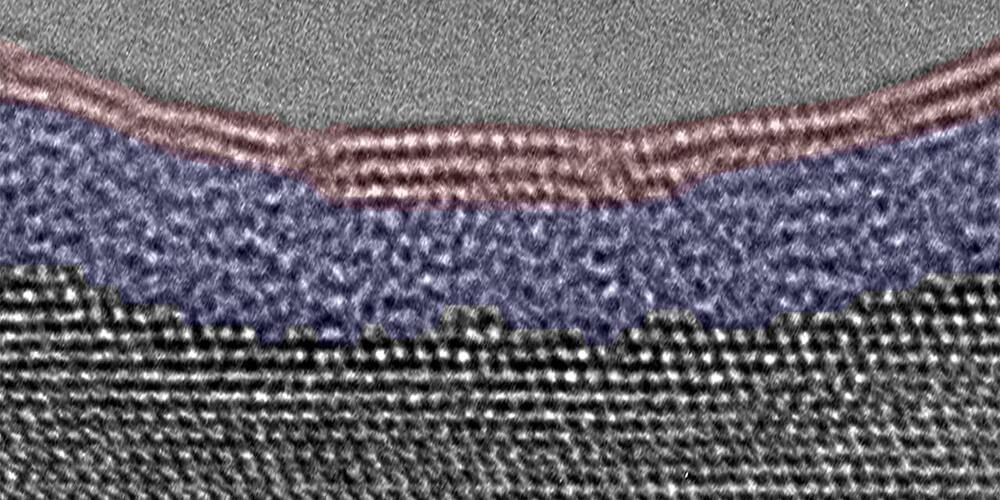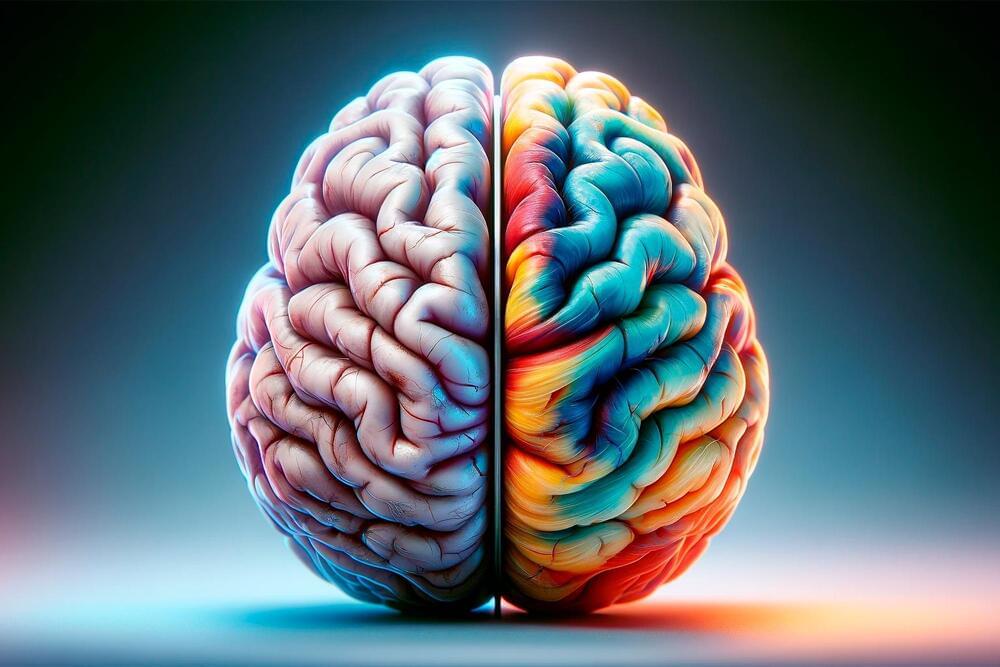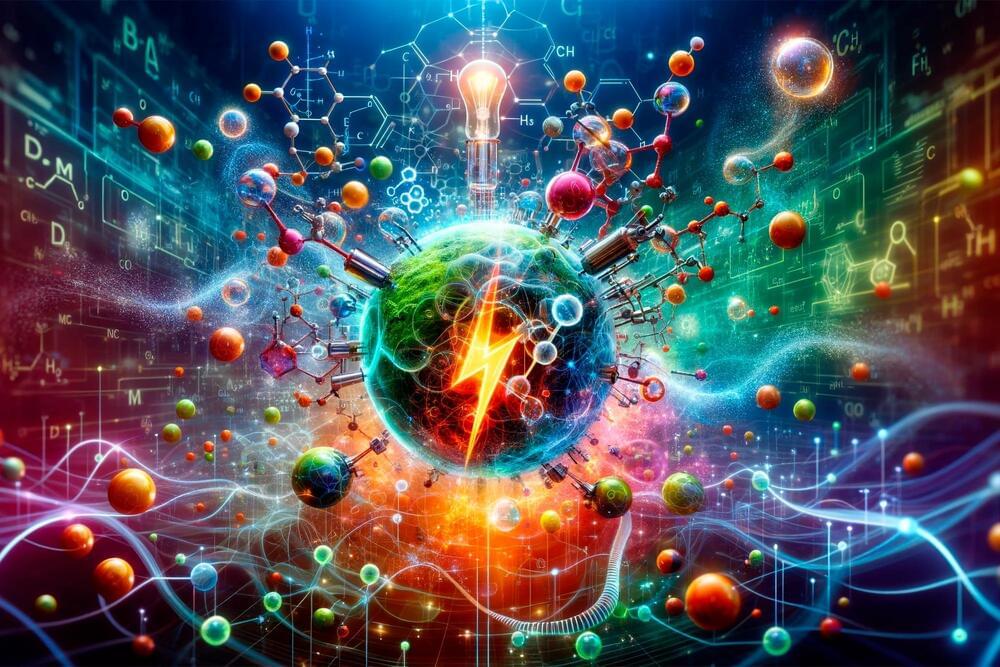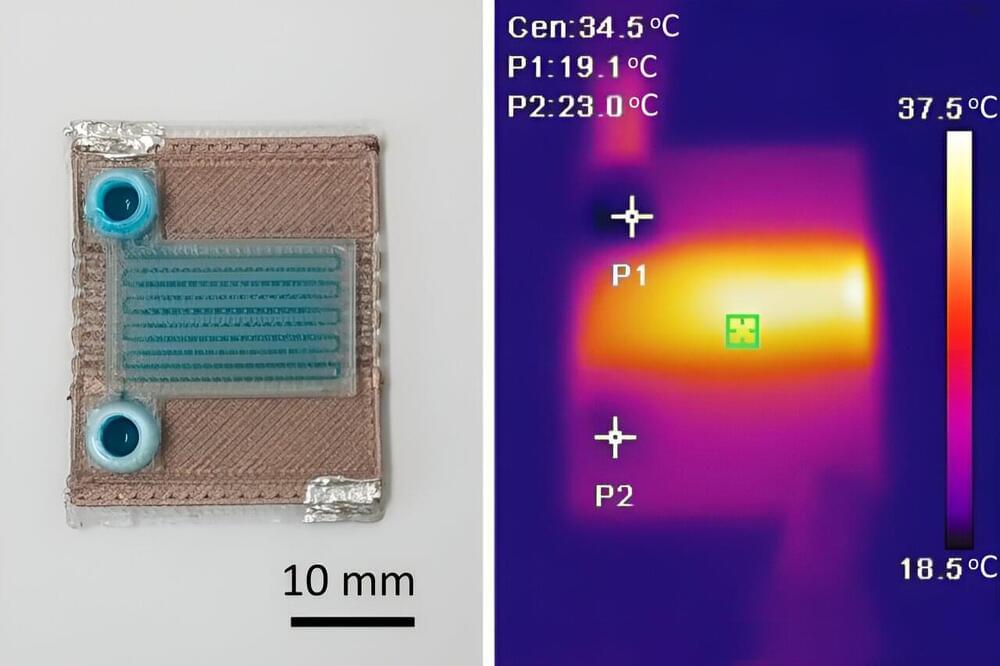Dec 13, 2023
Wild new NASA plasma tech reduces drag during hypersonic flight
Posted by Arthur Brown in categories: chemistry, government, military, satellites
According to a notice the agency posted on the government contracting portal SAM.gov on Thursday (Dec. 7), the technology was developed by researchers at NASA’s Langley Research Center in Virginia and has been studied for use in a simulated entry into Neptune’s atmosphere. A separate 2021 study of the same technology studied it for use in the atmosphere of Mars.
Related: Space Force wants ‘Foo Fighter’ satellites to track hypersonic missiles
The agency claims its MHD system is “simpler than conventional methods for control of hypersonic craft (e.g., chemical propulsion, shifting flight center of gravity, or trim tabs) and enables new entry, descent, and landing mission architectures.”
